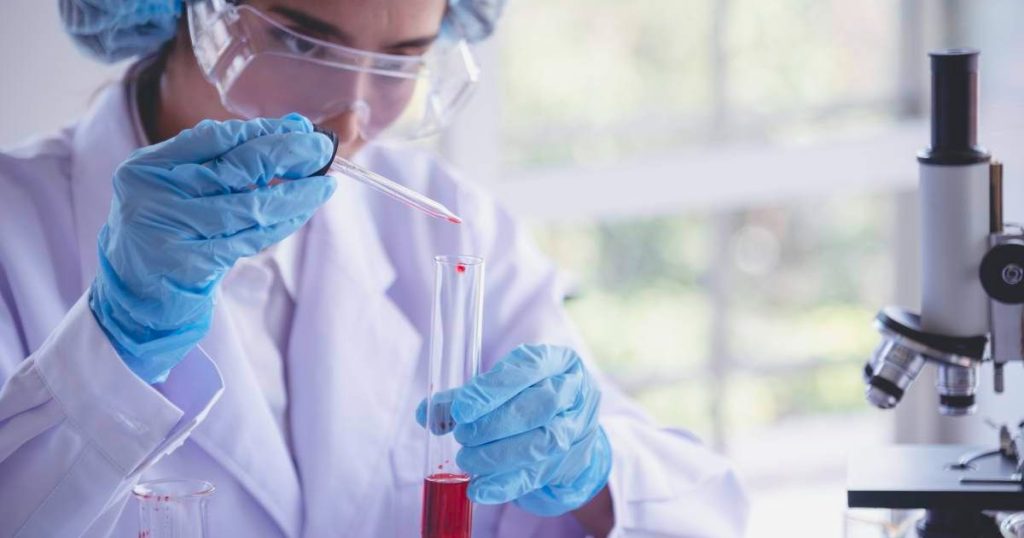In a groundbreaking advancement in hematology, researchers from the United Kingdom and Israel have identified a new human blood group system, termed MAL, resolving a medical mystery that has persisted for over five decades. This discovery not only enhances our understanding of blood group complexities but also holds significant implications for transfusion medicine and patient care.

Historical Context: The 1972 Enigma
The journey began in 1972 when doctors encountered an unusual case involving a pregnant woman whose blood sample lacked a specific surface molecule, later identified as the AnWj antigen. This antigen is present on the red blood cells of more than 99.9% of the population. The absence of AnWj in this patient puzzled medical professionals, as it did not align with any known blood group systems at the time. Over the years, a few similar cases emerged, but the underlying cause remained elusive .
The Discovery of the MAL Blood Group
Fast forward to 2024, a collaborative effort between NHS Blood and Transplant (NHSBT) in the UK and Israeli institutions led to the identification of the MAL blood group system. Researchers discovered that the AnWj antigen is carried on the Mal protein, which is encoded by the MAL gene. Individuals who inherit two mutated copies of the MAL gene lack the AnWj antigen, resulting in the ultra-rare AnWj-negative phenotype .
Louise Tilley, a senior research scientist at NHSBT, who has dedicated nearly two decades to this research, stated, “It represents a huge achievement, and the culmination of a long team effort, to finally establish this new blood group system and be able to offer the best care to rare, but important, patients.” The team’s findings were published in the journal Blood, marking the 47th recognized human blood group system .
Clinical Implications and Future Directions
The identification of the MAL blood group has significant clinical implications. Blood transfusions require compatibility between donor and recipient blood types to prevent adverse reactions. For individuals with the AnWj-negative phenotype, receiving blood containing the AnWj antigen could lead to serious, potentially fatal, transfusion reactions. With the discovery of the MAL system, healthcare providers can now develop genotyping tests to identify AnWj-negative individuals, ensuring safer transfusion practices.
Furthermore, the research revealed that some patients lacking the AnWj antigen did not possess mutations in the MAL gene. This suggests that certain blood disorders or cancers might suppress the expression of the Mal protein, leading to an acquired AnWj-negative phenotype. Understanding these mechanisms could aid in diagnosing underlying health conditions and tailoring patient treatment plans.

Broader Impact on Hematology
This discovery underscores the complexity of human blood group systems. While the ABO and Rh systems are widely known, there are now 47 recognized blood group systems, each defined by specific antigens on red blood cells. The identification of the MAL system adds to this intricate landscape, highlighting the importance of ongoing research in transfusion medicine .
The successful identification of the MAL blood group also demonstrates the power of modern genetic techniques, such as whole exome sequencing, in unraveling longstanding medical mysteries. As researchers continue to explore the genetic underpinnings of blood group antigens, further discoveries are anticipated, potentially leading to improved patient outcomes and personalized medical approaches.
The elucidation of the MAL blood group system marks a significant milestone in medical science, resolving a 50-year-old enigma and paving the way for enhanced transfusion safety and patient care. This achievement reflects the dedication of researchers and the advancements in genetic analysis, offering hope for future discoveries in the realm of hematology.

















